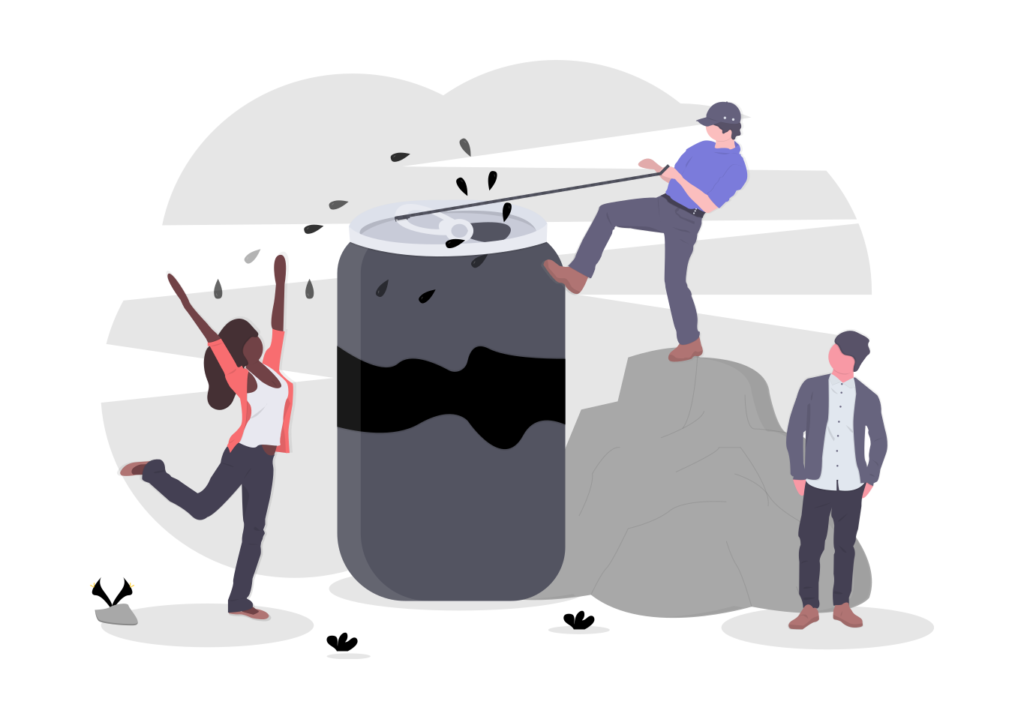
Put yourself in the shoes of an advertising executive at Coca Cola.
If the average consumer says “I want a cola”, then they have many options available to them and you will have to compete for their custom.
If, however, that customer says “I want a Coke”, well then you are the sole-provider of that product. For that person, at that time, you have no competition. You have the monopoly.
This is the ultimate goal of all brand advertising – to create monopolies. Not to compete better, to advertise a cheaper price or a better flavour, but to distinguish a brand above and beyond competition.
“The Long and The Short of It“, a seminal work on Branding, compiled data from thousands of companies running thousands of different ad campaigns.
Many ad campaigns that offered discounts and coupons, or focused on getting people in the doors or promoted specific product features, had short term effects, selling more items by competing better.
But the best ad campaigns were longer-term “branding” campaigns, which made emotional connections with consumers and moved the brand out of a competitive space in their mind.
The authors measured this by looking at price sensitivity. Companies who did this Brand building work were able to charge higher prices, because they invested in creating brand monopolies.
I don’t want a smartphone, I want an iPhone.
I don’t want a cola, I want a Coke.
I don’t want an electric car, I want a Tesla.

